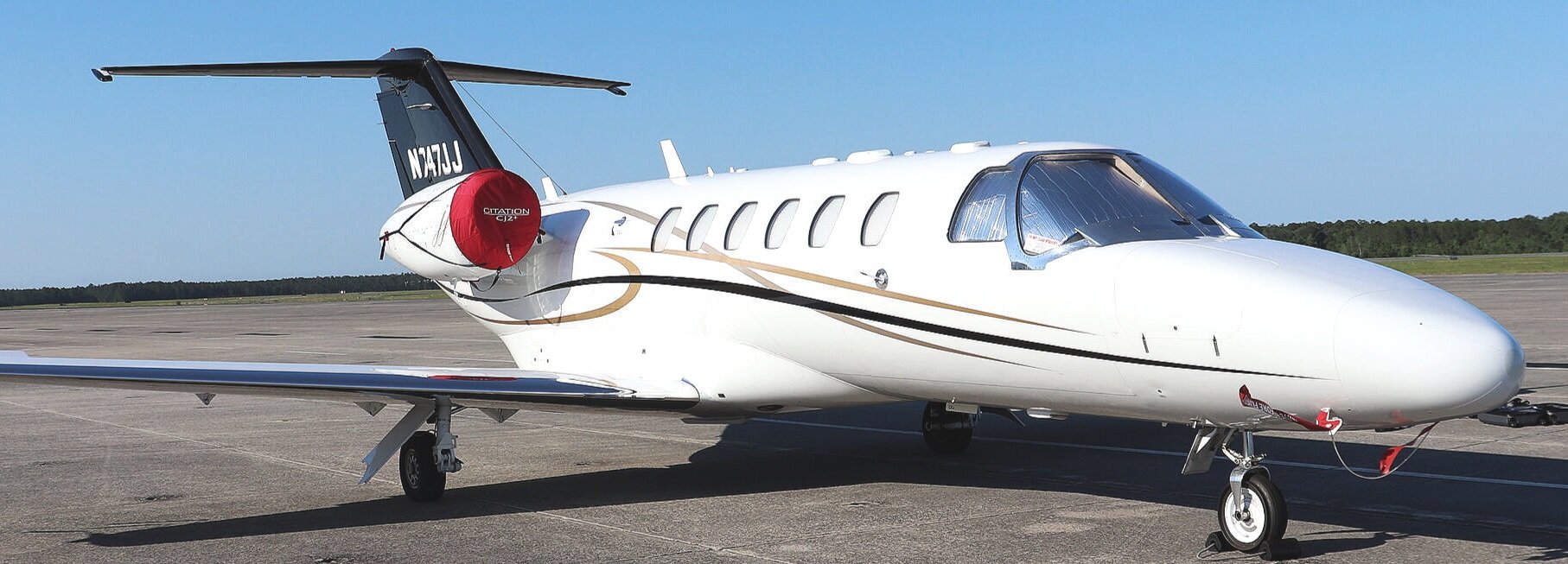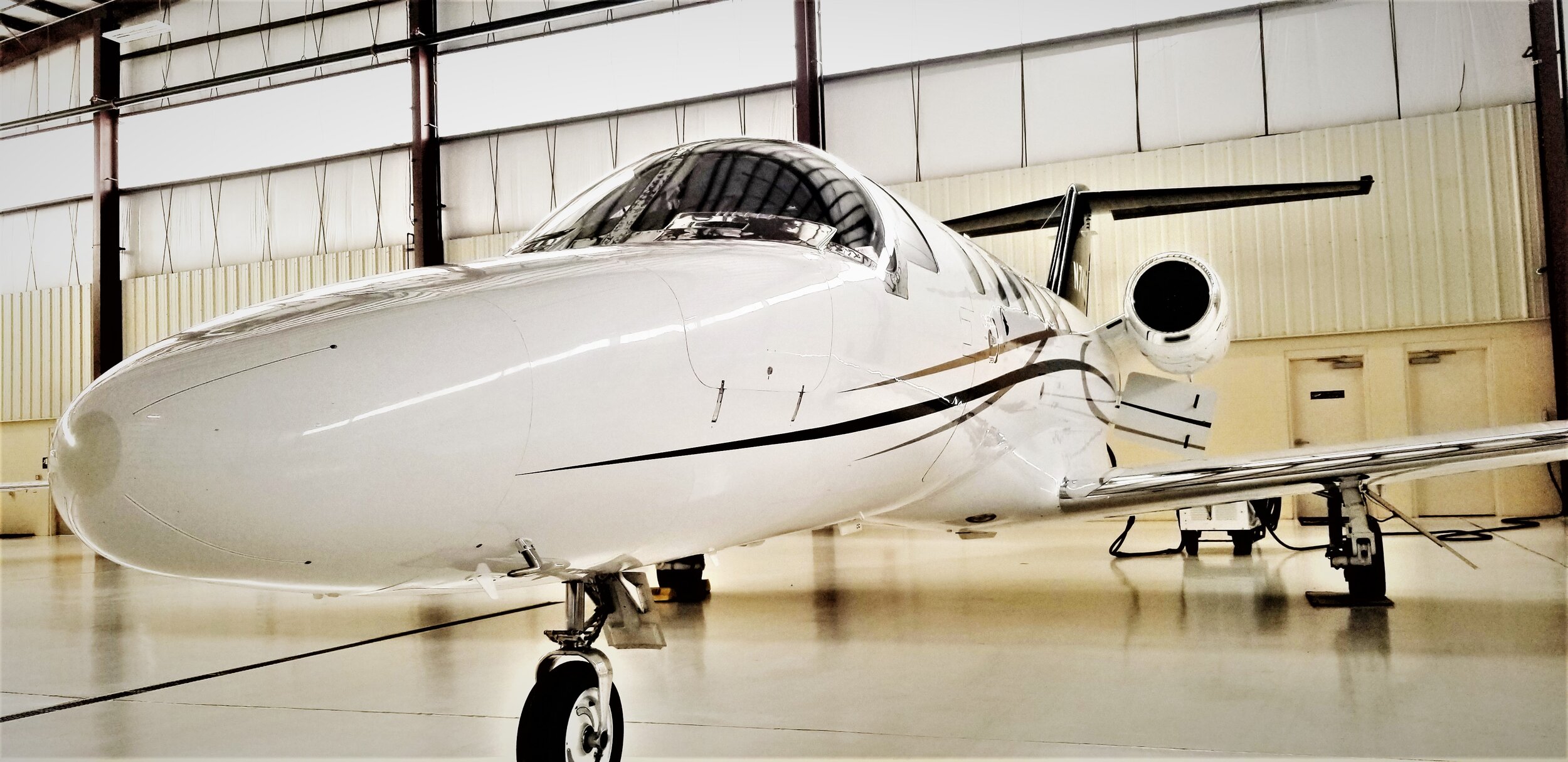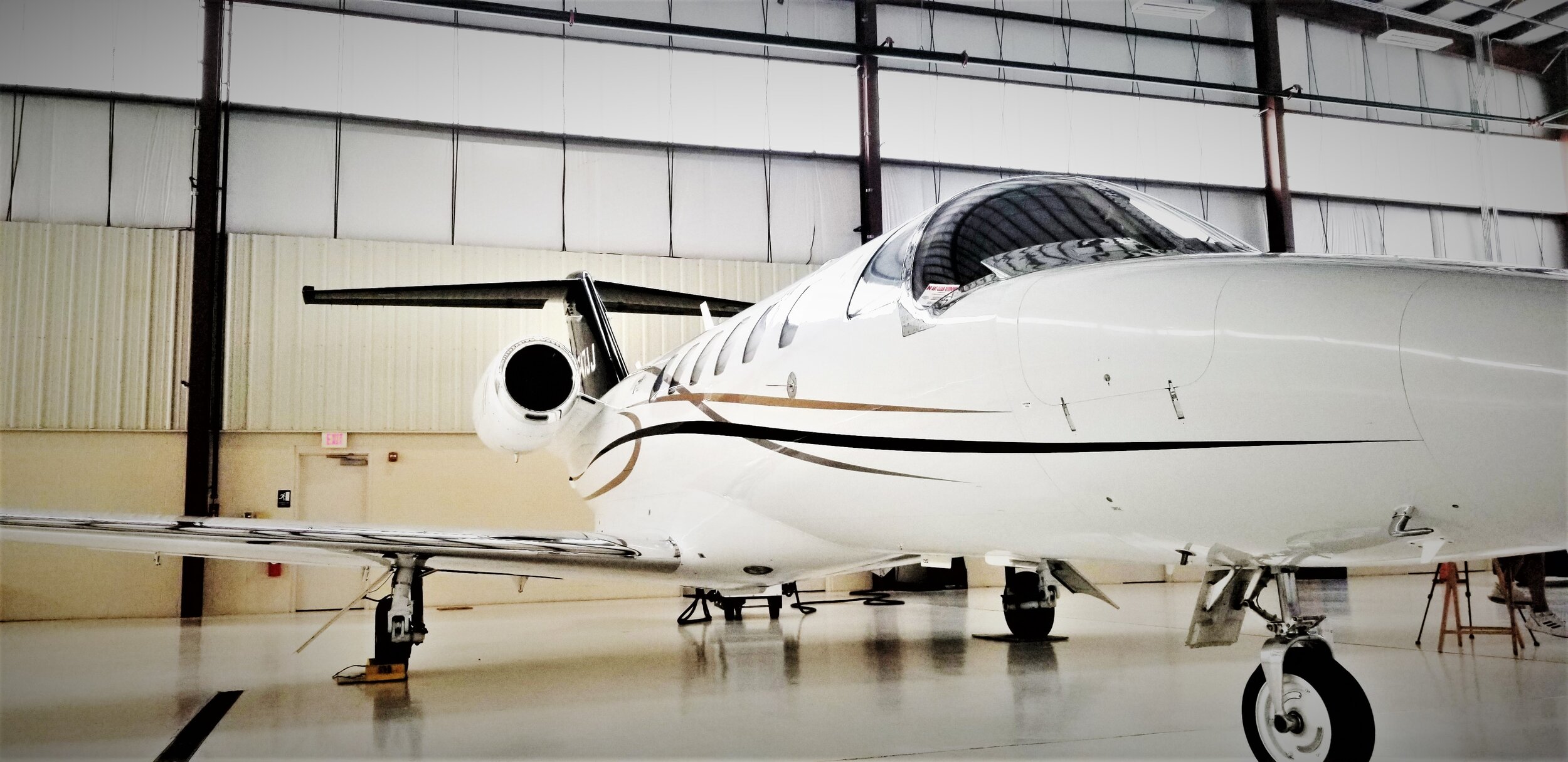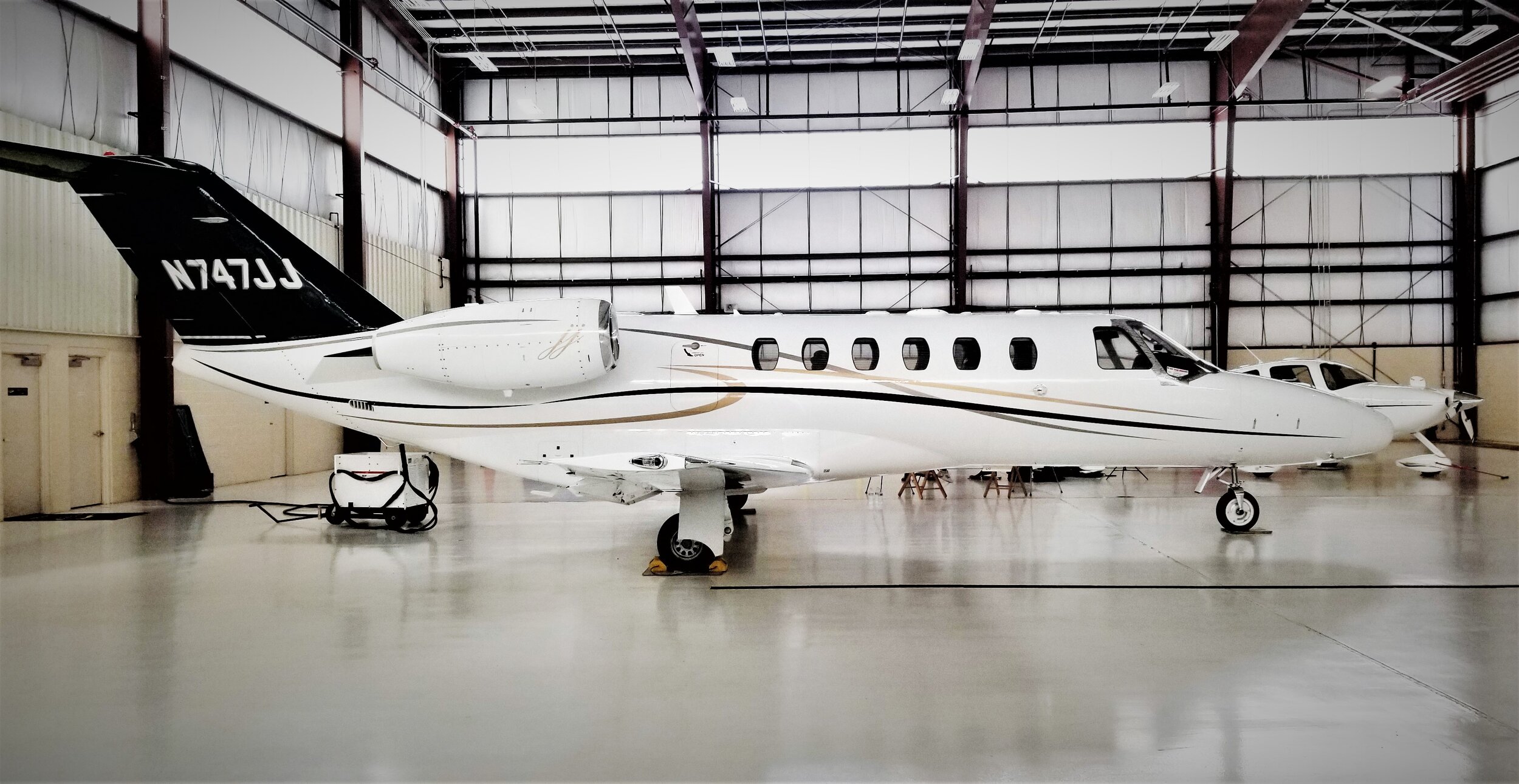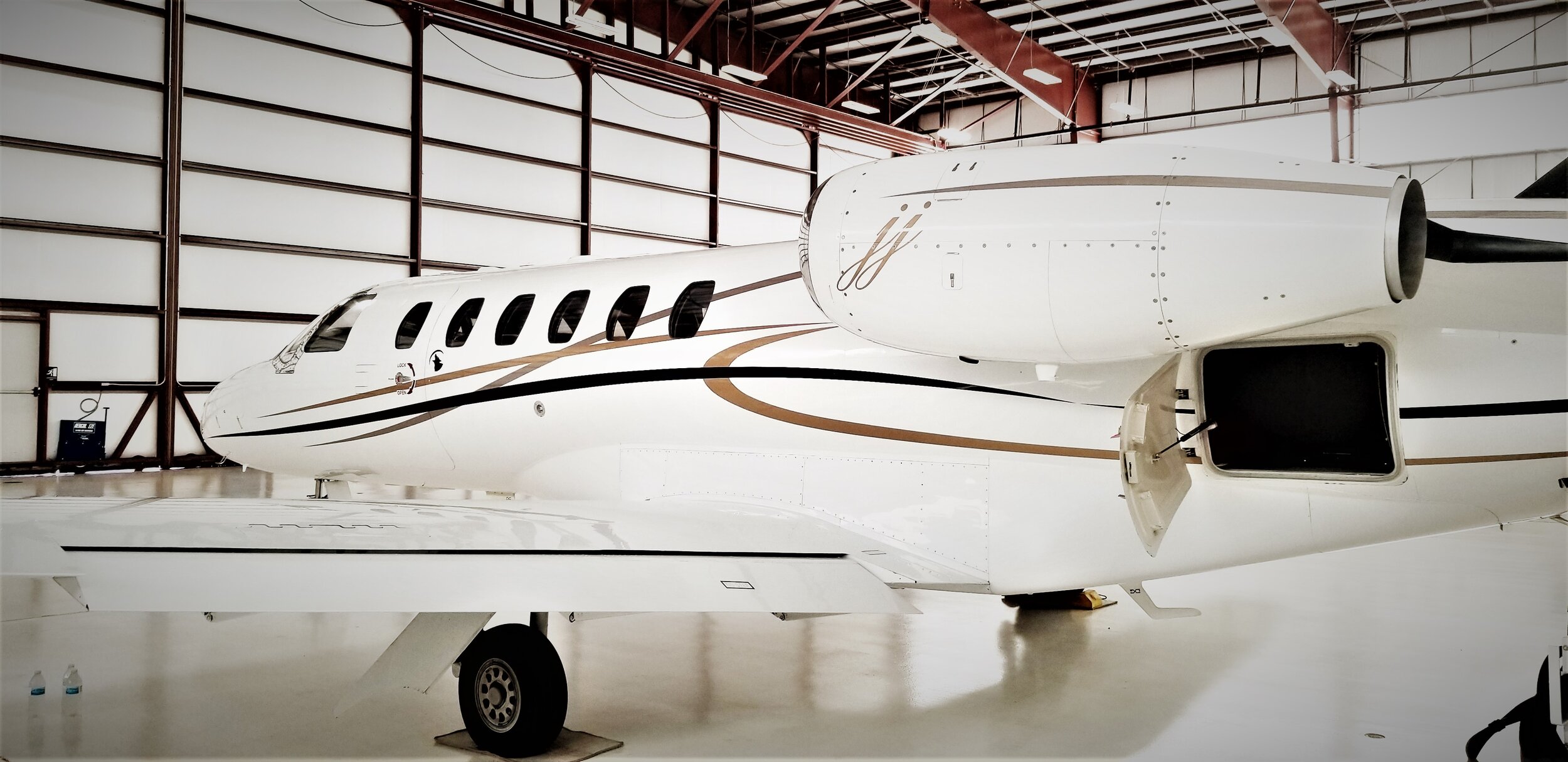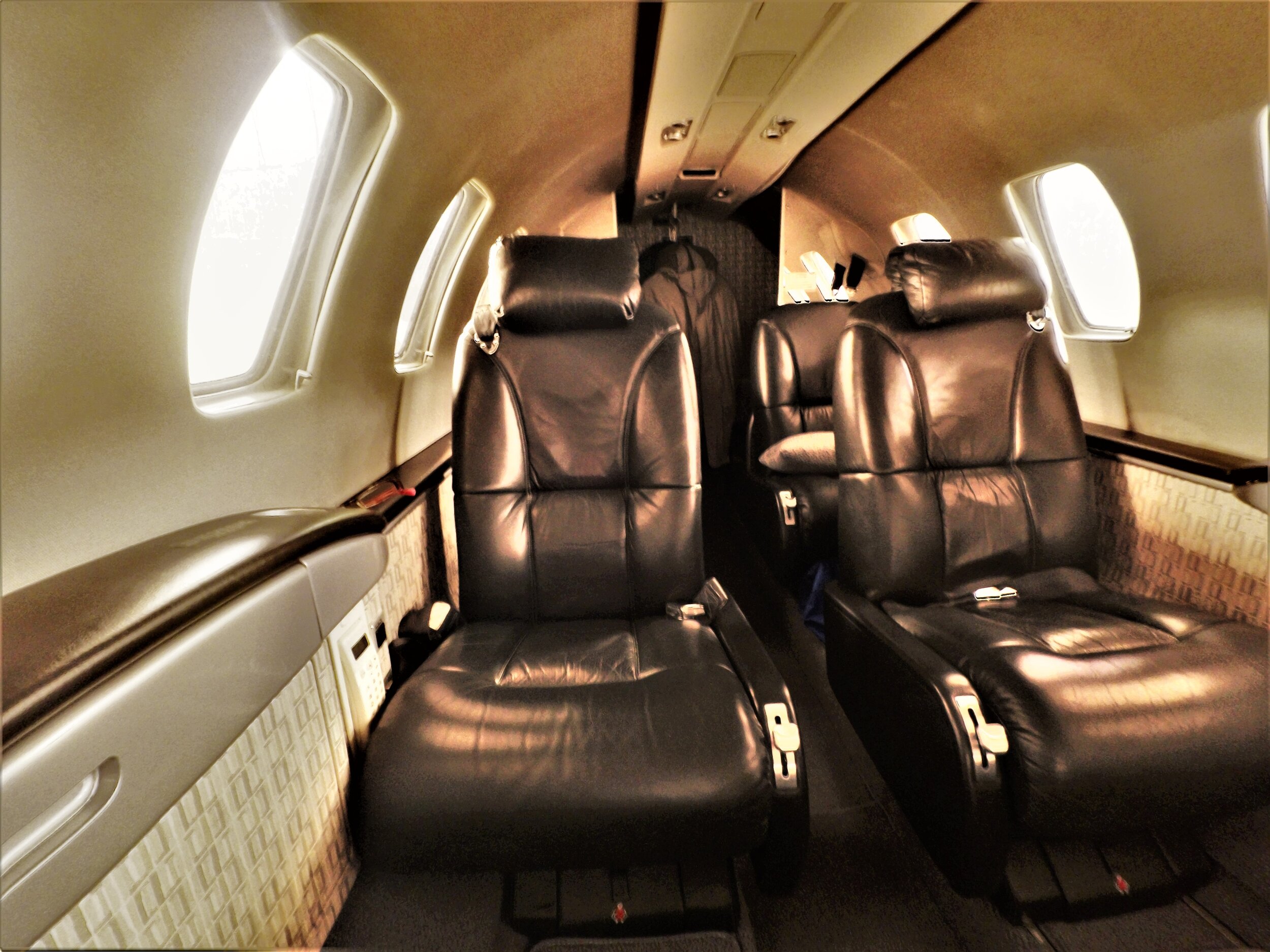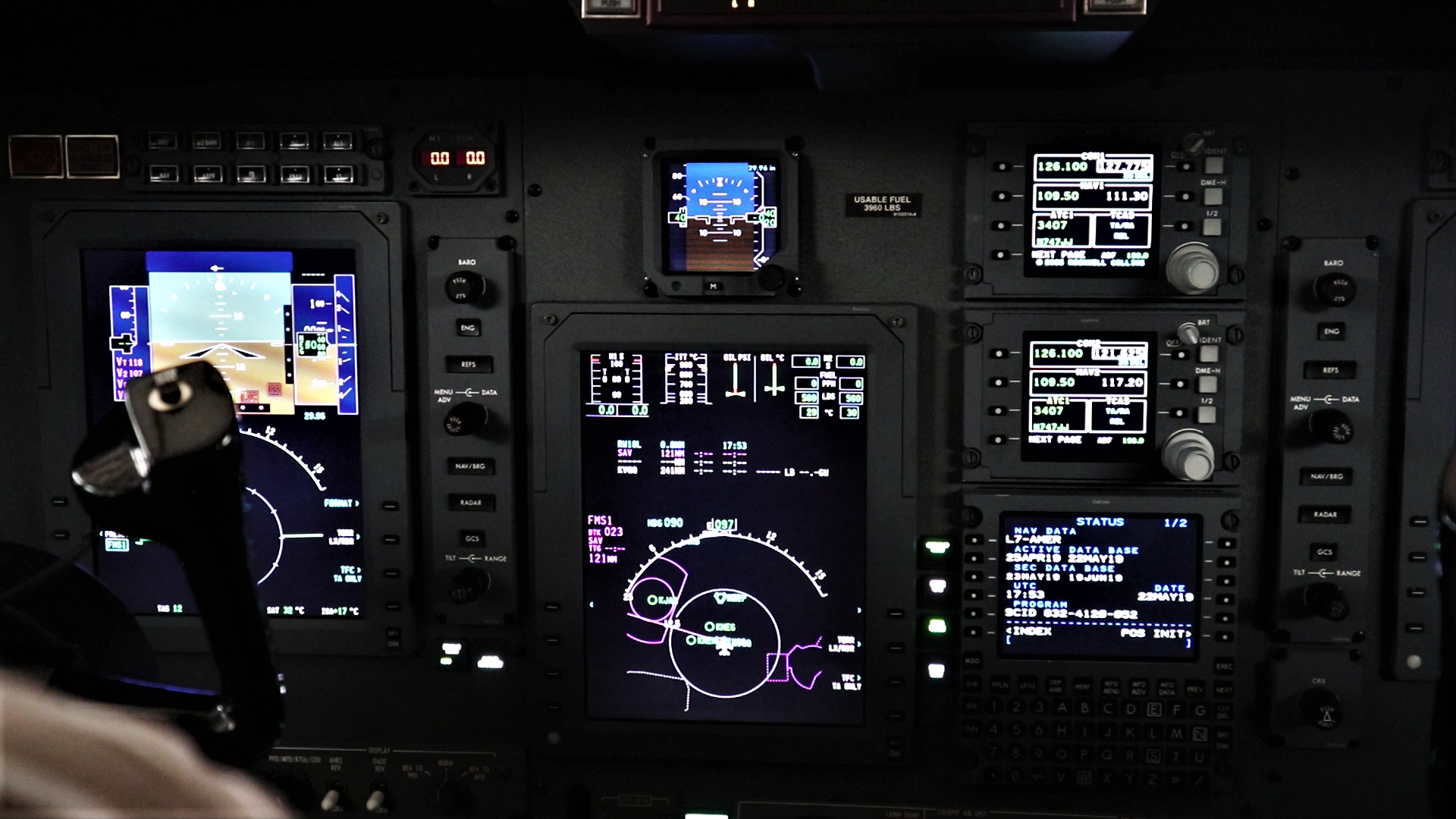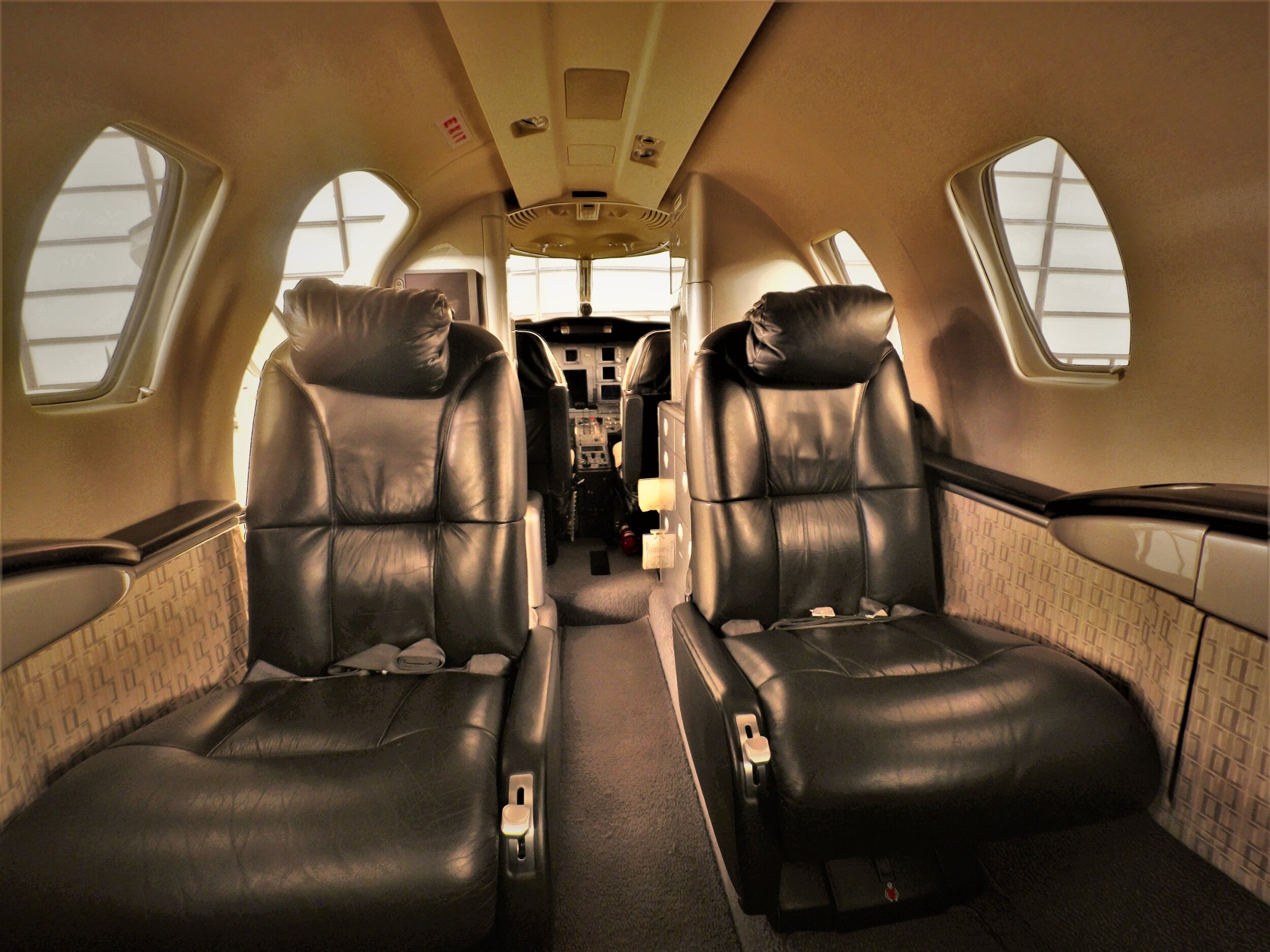Hit the PLAY Button — Cessna Citation CJ2+ Owner Review & Test Flight
Cessna Citation CJ2+ Specs
The Citation CJ2+ is part of the 525-series of light jets, collectively known as the Citation Jet or CJ line, produced by Cessna Aircraft Company in Wichita, KS. The first Citation Jet was launched in 1989, with deliveries beginning in 1993.
The 525 series was developed as a direct replacement for Cessna’s older, aging aircraft-line such as the 500 and 550 series’ Citation I and Citation II. Unlike earlier Citations, all 525 variants were designed for single-pilot operations, making the aircraft an ideal choice for many owner-pilots and Part 91 operators.
Today the 525-series includes the 6-7 passenger CJ and CJ1, designated the 525; the 8-9-seat CJ2, designated the 525A; CJ3, designated the 525B; and most recently, the 10-seat CJ4, designated the 525C. Each variant comes with different engines, avionics, and seating configurations as well as several notable upgrades through the years.
The entire lineup only requires a single type rating to fly with some differences training to cope with variations in avionics and engines.
The Citation 525A comes in two flavors: the CJ2 and CJ2+. Both aircraft share the same overall fuselage design as the original CJ, but is five feet longer to accommodate an additional row of seats making it a nine-seat airplane. The CJ2, serial number 0001 thru 0299, was first delivered in 2000 and powered by a pair of Williams FJ44-2C turbofan engines.
In 2006, the 2 received a minor facelift featuring new FJ44-3A-24 FADEC engines, upgraded interior, and improved avionics – and with It, a new marketing name, the CJ2+.. The biggest difference between the CJ2 and 2+ is its two FADEC engines producing 2,490 pounds of thrust per side. These engines really give the airplane a boost in performance and efficiency compared to the earlier version. I’m taking initial climb rates in excess of 4,000 feet per minute, 418-knot cruise speeds, 1,670-pound payload, and range of about 1700 nautical miles. In fact, because of the FADEC system, the fuel burn and operating costs for the CJ2+ is comparable to the smaller, less powerful CJ1.
The CJ2+ has a maximum takeoff weight of 12,500 pounds, 587-gallon fuel capacity, and useful load of about load of about 4,600 pounds depending on equipment and configuration, and a service ceiling of FL450. The aircraft needs about 3200 feet of runway for takeoff, and just shy of 3,000 feet for landing, with a balanced field length of 3,800 feet. The FADEC allows the engines to idle at a lower RPM, eliminating the need for thrust attenuators found on the earlier CJ2’s and thrust reversers found on legacy Citations.
The CJ2+ is equipped with the Rockwell Collins Proline 21 avionics suit which includes two primary flight displays, one for the pilot and another for the copilot, and an integrated multifunction display with backup reversionary modes. The aircraft also features an integrated Collins FMS, and in some aircraft, a dual FMS setup. This is the same equipment used on bigger, faster business jets and many airliners.

